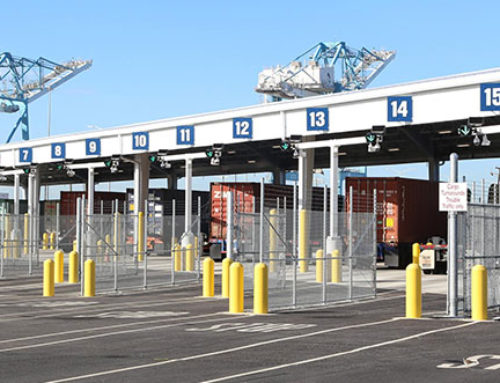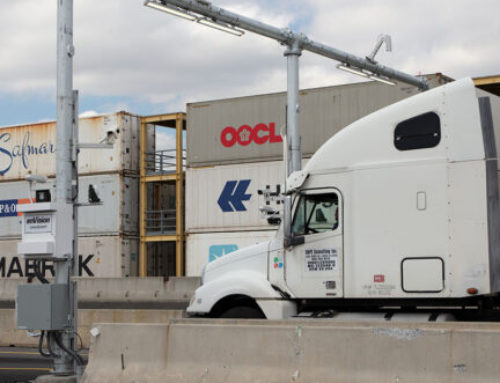
Green in the Golden State:
California has some of the most stringent emissions standards in the country. Yet in August of this year, Port of Long Beach and Port of Los Angeles reported record-breaking emissions reductions in compliance with California’s 2005 Clean Air Action Plan:
- Sulfur oxides decreased by 97%
- Diesel particulate matter decreased by 88%
- Nitrogen oxides reduced by 59%
In two out of three categories, emissions reduction at Long Beach has already exceeded the goals set for 2023. And they are well on the way to achieving the third.
The Port of Los Angeles’ results were even more striking: they achieved all three 2023 goals. In fact, they “set new record lows for emissions reductions while its container volume reached an all-time high of 9.34 million Twenty-foot equivalent units (TEUs).” They reduced emissions while increasing revenue.
Ports are not the only terminals citing dramatic reductions in emissions. BNSF Railroads also recently announced a dramatic reduction in emissions at their terminals…thanks to gate automation.
Gate Automation Reduces Emissions
All three port and rail terminals cite gate automation as one of the reasons for their blockbuster results. Port of Long Beach stated they had a “decrease in idle time due to gate automation improvements, which the report said has led to a drop of about 1.45 million idle hours.”
BNSF stated they have “installed new intermodal gate technology using digital cameras to record images of the containers, chassis, tractors and unit numbers as they enter the intermodal facility…These new gates have increased facility throughput and reduced truck idling time and air emissions by 50 percent.”
Gate Automation reduces transaction times, and every component of your gate plays an important role. Using dependable all-weather hardware, offering paperless transactions, implementing a refined and sensible process flow, and ensuring that information is both collected and disseminated in a meaningful way all help to accelerate gate transactions.
But by far the biggest factor is an OCR portal with image analytics capabilities. In this case, the OCR “reads” and records the container number, while other “inspection” tasks, such as Hazard Placard Inspection, can be performed automatically. Using this advanced technology, compliance is done in real-time as the truck rolls through. Emissions are reduced because trucks aren’t idling at your gate, while you simultaneously increase revenue because your gates can allow more freight through more quickly.
$92 Million in Unexpected Rewards
Investing in emissions reducing initiatives like gate automation can also produce welcome, unexpected rewards, too. Thanks to these record-breaking emissions results, last month the California Air Resource Board awarded:
- $41 million to the Port of Los Angeles
- $29 million to the Port of Long Beach
- $22.6 to BNSF
More than $92 million to help all three further their Zero-Emission and Near-Zero Emissions Freight Facilities project.
Sign Me Up!
If emissions compliance is a challenge at your terminal, it’s a great time to explore gate automation.
And yes, not to “toot our own horn”, but you can find NASCENT’S SYNAPSE™ AGS at the Port of Los Angeles and the Port of Long Beach, as well as multiple terminals for BNSF. Our system includes features like paperless gates, custom engineered all-weather hardware, and most notably, our enVision® portal, which is the only OCR on the market with image analytics capabilities today. CONTACT US TODAY to learn more about SYNAPSE™ AGS!
#gateautomation #terminalautomation #ags #emissions #california #carb #compliance #idletime #trucking


